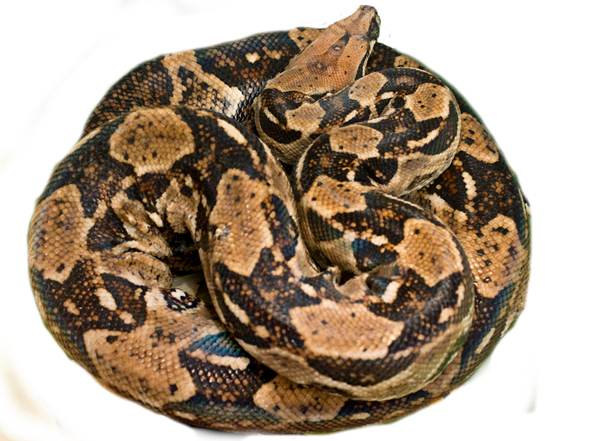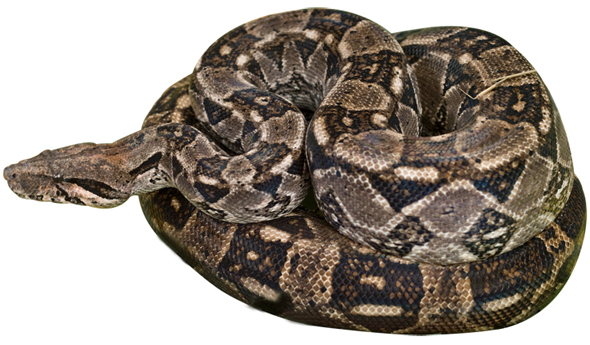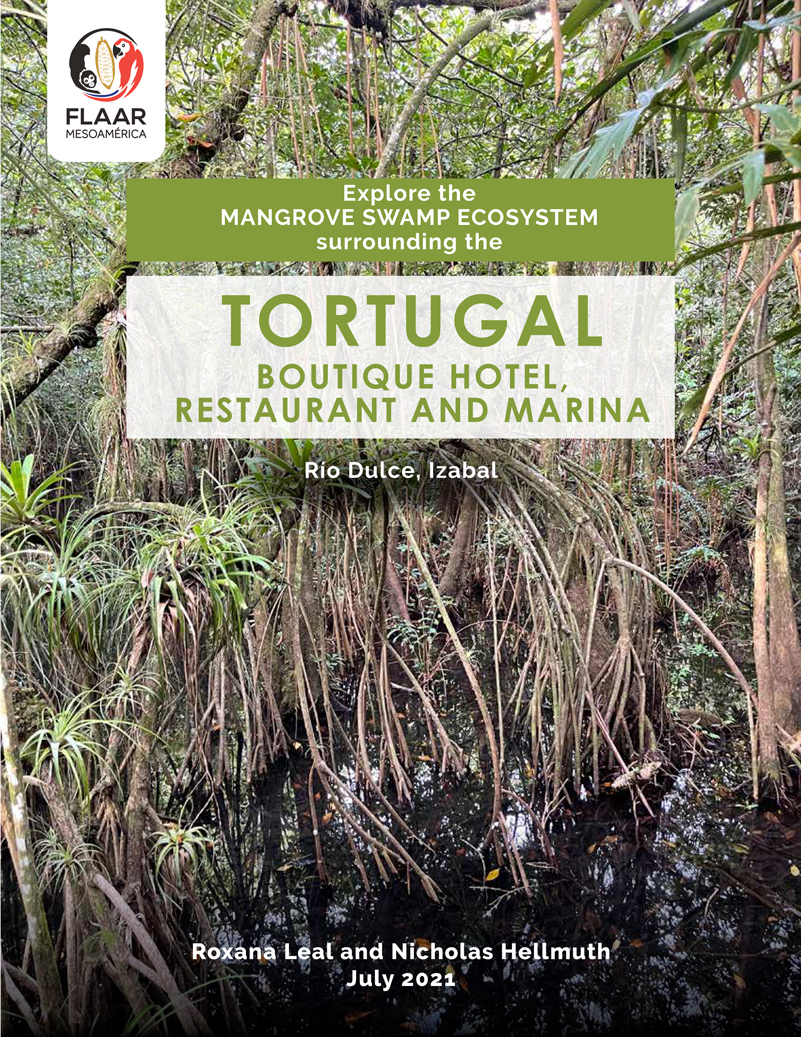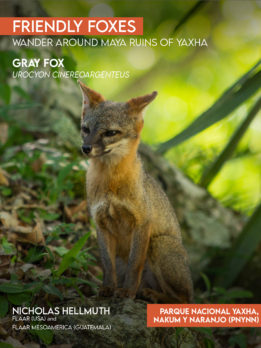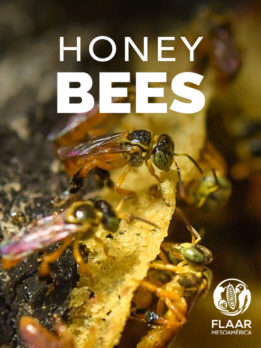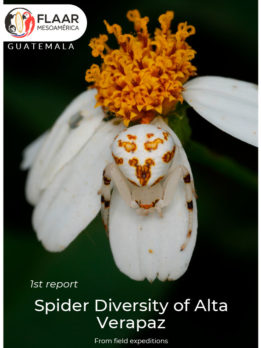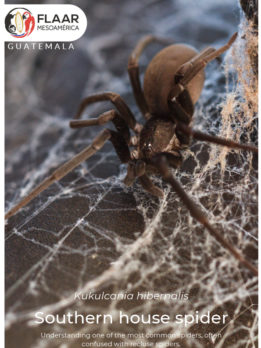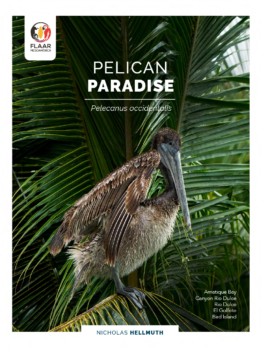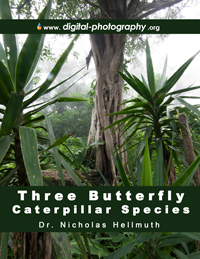Snakes in Maya art: Guatemala, Belize, Mexico, Honduras
Usually it is the rattlesnake which attracts attention in Maya art, especially in decorations on Puuc architecture in Yucatan. But there are a few representations of snakes elsewhere in Maya art which are more likely boa constrictors. However the primary reason why I am studying boa constrictors is because certain patterns of their scales may be represented in stylized paintings on vases and cups of the Late Classic Maya, especially during Tepeu 2 times.
Since funding is lacking to do line drawings of the scale patterns, we have not yet been able to show all the patterns of the scale coloration on boa constrictors but at least we are doing our best to photograph diverse specimens of these snakes.
In El Salvador it was possible to photograph a boa constrictor which was being liberated into the Parque Nacional El Imposible. And about two months later we asked for and received permission to photograph the several boa constrictors in the La Aurora Zoo, Guatemala City. We do this on a Monday, when the zoo is otherwise closed to the public. This is because to get really clear photos it is necessary to have the reptiles out of their caves and on a studio table.
We use Savage backdrop paper to provide a neutral background.
Boa constrictor, mazacuata, at the herpetology section of Aurora Zoo, Guatemala City. Notice the brilliant color and the shape of the head. Photo by Jaime Leonardo.
Boa constrictors are not identical to each other in color or details
The basic structure of the coloration is relatively similar from one boa to another. But actually if you have five or six boa constrictors in one place, they will each be noticeably different from each other in color.
Some will be bright; others will be dark.
Some will have a full circle clearly defined; others will not have the round area well outlined.
Boa constrictor, detail on the scales. Photo taken by Jaime Leonardo at Serpentario La Aurora Zoo with a Nikon D300. March 2008, Copyright FLAAR 2012
Boas can get accustomed to being handled by people; others not as easily handled
We photographed five or six snakes. Two were docile and let Daniela carry them back and forth to their cage. Three were docile if carried by their normal handler, Carlos. But one or two of the snakes were very active and difficult to photograph due to their rapid movements. These we returned to their cages.
One snake was scanning Sofia; the snakes breathing pattern clearly showed it was preparing to strike.
Yes, boas strike; and bite. Yes, boas have teeth (just they are not venomous). Obviously we were gentle and we do our best to interact in a friendly manner with the creatures we are photographing. We also respect their territory when the snake sends a signal that it does not want us to come closer. For these snakes we use a 180mm telephoto lens to stay outside striking distance.
For the boas that are accustomed to being with people, we use a 100mm macro lens. For boa constrictors who send signals that they want us to keep our distance we use a 180mm macro lens.
The scales of boa are very different from the scales of a rattlesnake
The scales of a rattlesnake really stick out; the pattern of scales looks like feathers. You can see why the Aztec called their monster a feathered snake (Quetzalcoatl): the scales really do remind you of feathers. This effect is not present on a boa. Their scales do not stand out from each other as much.
Boas reflect light in a rainbow variety of colors
If the boa skin is clean, and you put him in the sunlight, you can see many colors of the rainbow on the scales of the boa. This is only when light is shining at certain angles.
Boa constrictor, mazacuata, at Aurora Zoo, Guatemala City. The coloring of the body can vary greatly depending on the locality and works as very effective camouflage in the jungles and forests of its natural range. Photo by Jaime Leonardo.
Tips and suggestions for photography of snakes
We had two photographers (Nicholas and Sofia) and one person doing video (Estuardo), plus an assistant (Cesar), plus biology student (Daniela da'Costa).
All the tripods were from Gitzo. The video head was Manfrotto. I use an aging Arca-Swiss Ballhead (over 25 years old). Sofia was using an aging Gitzo off-center ball-head. We are in the process of acquiring newer ball heads as this technology has advanced now that so many new manufacturers have entered this market, such as Kirk. We will review new ball head technology during 2012.
We bring two lightstands (sometimes Lowel, usually Manfrotto) and a home-made plastic bar to hold the background material. The seamless backdrop paper is courtesy of Savage Universal Corporation. We use grey because this is a neutral color. And, being gray, you can always do a color correction (gray balance) without needing a MacBeth color checker (but we have one shot with a MacBeth color checker anyway).
White paper would be too bright and would reflect white up on the bottom of the snake.
I used the basic Canon flash, with the extension cord (so the flash is not on the camera). Since I was suffering severe jet-lag (having just flown from southern China to home in St Louis and then a 24-hour flight adventure getting back to Guatemala (flights tend to be sold out during Christmas-time) I was brain dead and forgot to put on a light diffuser.
Since I was rather far above the snakes (to keep from impinging on their territory), a ring flash or macro flash would have been a bit far away. But if I had not been obliterated by jet-lag I would have taken some shots with macro lighting just to be sure. It is always better to use various kinds of flash when your subject is conveniently in front of you. Then, when you are back home, you can decide which photos to keep, and which to delete.
The downside of using a direct flash with no diffuser is the shadow. Fortunately with an even-color background, in Adobe Photoshop you can either eliminate the shadow, or cut the snake out completely.
Boa constrictor, detail of the head. Taken by Jaime Leonardo at Serpentario La Aurora Zoo with a Nikon D300. March 2008, Copyright FLAAR 2012
Boa constrictor, by Nichollas Hellmuth using a Phase One P+25 at Serpentario La Aurora Zoo. March 2008, Copyright FLAAR 2012
Acknowledgements
We appreciate the access to photograph these snakes at the Parque Zoológico Nacional La Aurora, Guatemala City. In return we donate photographs to the zoo. Working with the reptiles here is facilitated by the herpetologist, Carlos Patzan who is familiar with all the reptiles of Guatemala, as well as knowledgeable about other aspects of flora and fauna.
First post 29 December 2011


